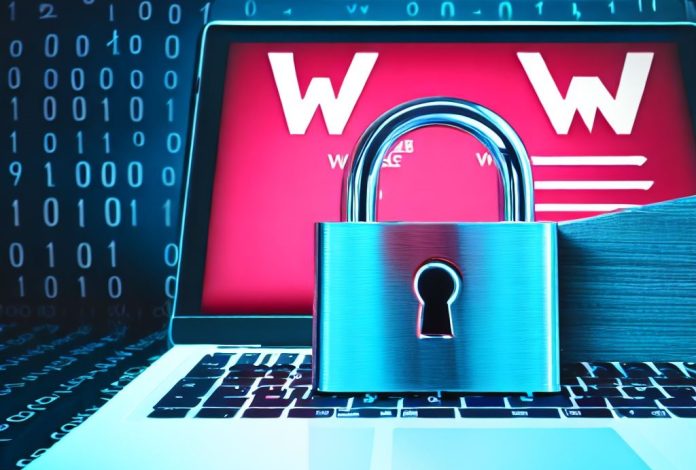WordPress
WordPress is one of the most popular content management systems (CMS) in the world, powering over 40% of all websites on the internet. However, its popularity also makes it a target for hackers and cybercriminals. In this post, we’ll discuss some steps you can take to secure your WordPress site from hackers and malware in 2023.
Major steps to take to secure your WordPress
- Choose a secure host: The first step in securing your WordPress site is to choose a reputable and secure web host. Look for a host that offers features such as automatic backups, malware scanning, and firewalls.
- Keep WordPress core, themes, and plugins up to date: Keeping your WordPress core, themes, and plugins up to date is crucial for maintaining the security of your site. Updates often include security patches that fix vulnerabilities that could be exploited by hackers.
- Create secure WordPress usernames and passwords: Use strong, unique passwords for all of your WordPress accounts, and avoid using the default “admin” username. You can also implement two-factor authentication for added security.
- Set up off-site backups: Regularly backing up your WordPress site is essential for protecting your data in case of a hack or malware infection. Make sure to store your backups off-site, such as on a cloud storage service or external hard drive.
- Add brute force attack protection: Brute force attacks are a common method used by hackers to gain access to WordPress sites. You can protect your site from these attacks by limiting login attempts, implementing two-factor authentication, and using a security plugin like word-fence that offers brute force attack protection goes a long way to secure your WordPress installation.
- Scan for malware and security issues: Regularly scanning your WordPress site for malware and other security issues can help you identify and fix vulnerabilities before they can be exploited by hackers. You can use a security plugin or service to perform these scans automatically.
- Implement downtime monitoring: Downtime monitoring can alert you if your WordPress site goes offline unexpectedly, which could be a sign of a hack or malware infection. You can use a monitoring service or plugin like jetpack to receive notifications if your site experiences downtime.
- Delete unused plugins and themes: Unused plugins and themes can create vulnerabilities that hackers can exploit to gain access to your WordPress site. Make sure to delete any plugins or themes that you are not actively using. This to a large extent will secure your WordPress.
READ ALSO: How to Change Your WordPress URL (3 Easy Methods)
By following these steps, you can secure your WordPress site from hacks and malware in 2023. Remember to stay vigilant and regularly monitor your site for any signs of suspicious activity.




















